How Inflation Impacts Your Savings and How to Protect Yourself
Anúncios
Inflation is a crucial economic factor that affects everyone, regardless of income or lifestyle. At its simplest, inflation represents the increase in prices of goods and services over time, leading to a decrease in the purchasing power of money. While inflation at moderate levels is often seen as a sign of a growing economy, it can significantly erode your savings if not properly managed. Understanding how inflation impacts your finances and adopting strategic protections can help preserve and even grow your wealth over time.
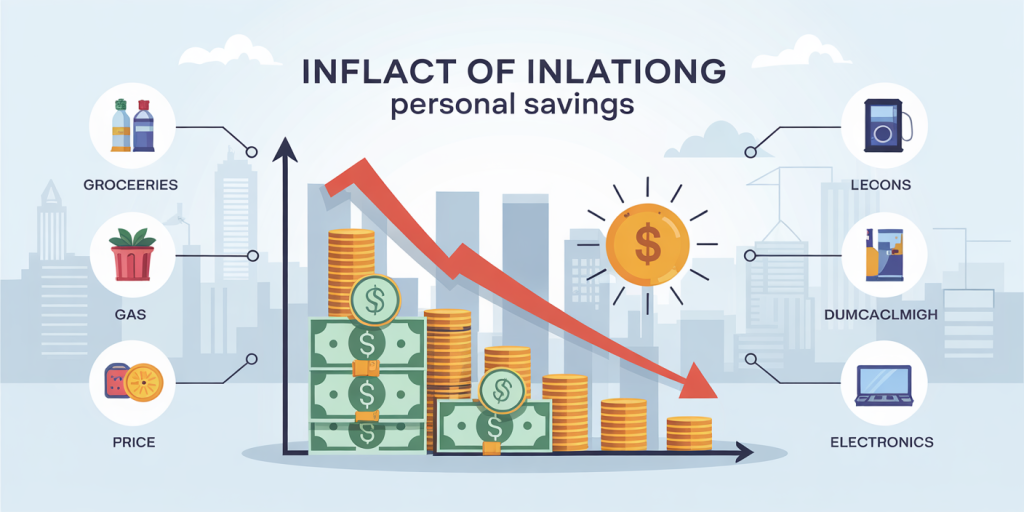
Understanding Inflation and Its Effects on Savings
Anúncios
Inflation is commonly measured by the Consumer Price Index (CPI), which tracks the change in prices of a typical basket of goods and services over time. For example, if the inflation rate is 3% per year, something that cost $100 today will cost $103 a year later. This seemingly small percentage becomes significant when applied over long periods or to large amounts of savings.
To illustrate, suppose you have $10,000 saved in a standard savings account earning 1% interest annually. If inflation is 3%, your actual purchasing power decreases by about 2% per year despite your balance increasing nominally. This means after one year, your $10,100 can buy less than $10,000 could a year earlier. Over ten years, inflation can erode the value of your savings by nearly 25%, a substantial loss for many households.
Anúncios
The Federal Reserve targets an inflation rate around 2%, which aims to balance economic growth and price stability. However, inflation rates can vary widely due to economic shocks, supply chain disruptions, or policy changes. For instance, during the 1970s, the United States experienced “stagflation” with inflation rates exceeding 10%, which dramatically reduced the real value of savings at that time.
Real-Life Examples of Inflation’s Impact
To grasp how inflation affects savings, consider a practical example. In the early 1980s, the United States had inflation rates above 10%, with a peak of approximately 14% in 1980. If an individual had saved $50,000 in a no-interest account during that period, the money’s purchasing power dropped nearly by half over a decade.
Another illustrative case is Venezuela in recent years, where hyperinflation reached rates in the millions of percent annually. People with savings denominated in the local currency effectively saw their life savings become worthless within months. Although this extreme case is rare, it exemplifies how inflation can devastate financial security without proper safeguards.
In a more current context, during the COVID-19 pandemic recovery phase, many countries, including the U.S., witnessed unexpectedly high inflation due to supply chain bottlenecks and fiscal stimulus, raising consumer prices by as much as 7% in 2021 and 2022. For typical savers relying on low-yield savings accounts, the effective loss in purchasing power was tangible.
How Different Types of Savings Accounts Fare Against Inflation
Not all savings vehicles offer the same protection against inflation. Below is a comparative table showing the average annual interest rates and inflation impact on common savings options in 2023:
| Savings Option | Average Annual Interest Rate (%) | Inflation Rate (%) | Real Interest Rate (%) |
|---|---|---|---|
| Traditional Savings Account | 0.5 – 1.0 | 3.0 | -2.0 to -2.5 |
| High-Yield Savings Account | 3.5 – 4.5 | 3.0 | +0.5 to +1.5 |
| Certificates of Deposit (CDs) | 2.0 – 3.0 | 3.0 | -1.0 to 0.0 |
| Treasury Inflation-Protected Securities (TIPS) | 1.5 – 3.0 | 3.0 | ~0 (adjusted for inflation) |
Source: U.S. Treasury, FDIC, and Federal Reserve data (2023)
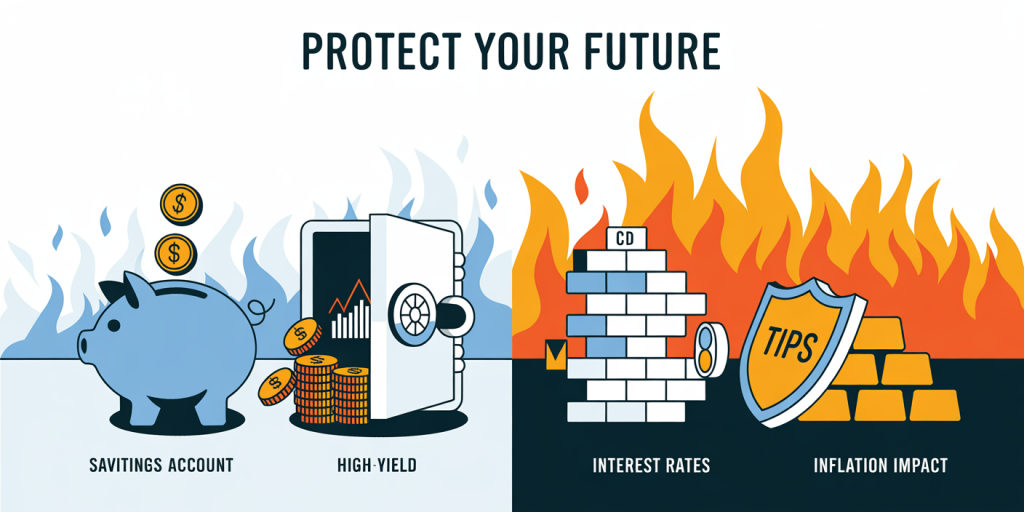
As shown, traditional savings accounts offer nominal returns well below inflation rates, causing real value loss. High-yield savings accounts, mostly available from online banks, have started to approach or exceed inflation rates, offering better real returns. CDs can be beneficial if their interest rates exceed inflation but lock up funds for specific terms and may not keep pace during high inflation periods.
Treasury Inflation-Protected Securities (TIPS) are government bonds specifically designed to protect against inflation by adjusting the principal value based on CPI changes. They provide a nearly guaranteed real return and are viewed as a conservative option for preserving purchasing power.
Strategies to Protect Your Savings from Inflation
Protecting your savings from inflation requires proactive planning and diversification. One fundamental approach is to seek investment options that offer returns above the inflation rate, thereby increasing real purchasing power over time.
Diversify into Equities and Real Assets
Stocks and equity investments often outperform inflation over long periods. For example, the average annualized return of the S&P 500 index historically has been around 7-10% after inflation over the last 50 years. Although equities carry greater risks and volatility, diversifying a portion of your savings into stocks can provide growth that outpaces inflation.
Real assets, such as real estate or commodities like gold, tend to have intrinsic value and can hedge against inflation. Real estate often appreciates at or above the inflation rate due to rising property values and rents. Gold, while not generating income, typically retains or grows value during inflationary times due to its limited supply.
Utilize Inflation-Protected Securities and Bonds
As introduced earlier, investing in TIPS or other inflation-protected bonds shields your savings by uprating the principal and interest paid based on inflation indices. For conservative investors, including these instruments in your portfolio provides safety and inflation coverage without exposure to stock market fluctuations.
Consider Inflation-Adjusted Annuities and Savings Plans
Some financial products, such as inflation-adjusted annuities, allow individuals to receive payments that increase with inflation, preserving purchasing power during retirement. Similarly, certain employer-sponsored retirement plans offer inflation-linked features, supporting long-term savings protection.
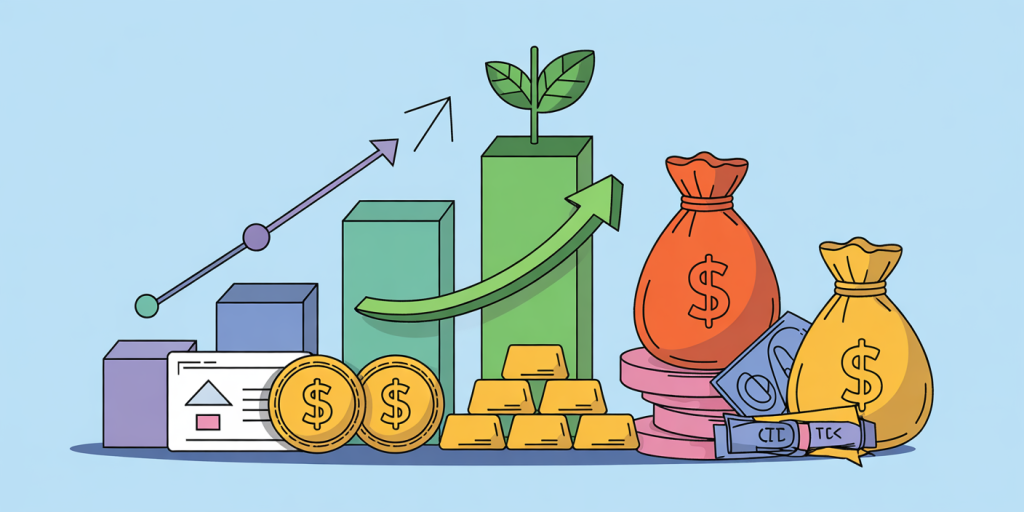
Monitor and Review Your Financial Plan Regularly
Inflation rates fluctuate over time. Regularly reviewing and adjusting your savings and investment strategy helps align returns with current economic realities. For example, if inflation spikes, you might consider reallocating savings towards instruments with higher real returns or shorter durations to maintain flexibility.
The Role of Interest Rates and Monetary Policy in Inflation
Central banks play a pivotal role in controlling inflation through monetary policy, mainly by adjusting benchmark interest rates. When inflation rises above target levels, central banks often increase interest rates to slow down economic activity, thereby lowering inflation.
Higher interest rates impact savings accounts and loans differently. For savers, rising rates can lead to better yields on savings accounts, CDs, and bonds. For borrowers, costs increase, reducing spending and thus inflationary pressures. A balance is crucial because excessively high rates can trigger recessions.
For example, in 2022, the U.S. Federal Reserve raised interest rates multiple times from near zero to above 4% to combat persistent inflation. This led to higher returns on savings products, narrowing the gap between nominal interest rates and inflation, and providing somewhat better protection to savers.
Understanding the interplay between inflation and interest rates can help individuals predict market trends and adjust their savings strategies proactively.
Future Perspectives: Navigating Inflation in an Uncertain World
Looking ahead, inflation is expected to remain a significant consideration for savers worldwide, influenced by global economic conditions, technological changes, geopolitical factors, and climate impacts. Emerging trends suggest a few important perspectives:
Increasing Importance of Adaptive Financial Planning
Financial planners and individuals alike will need to incorporate dynamic inflation assumptions into long-term goals. The days of assuming stable low inflation may be over, requiring more frequent evaluations and adaptive asset allocation models.
Technology and Innovation Affecting Inflation Dynamics
Technological advancements may both dampen and amplify inflation. Automation and improved supply chains can reduce costs, whereas new market demands and resource constraints might drive price increases. Savvy investors should watch for sector-specific inflationary pressures and adjust accordingly.
Social and Political Responses to Inflation
Policies aimed at income inequality, wage growth, and taxation could influence inflation trends and purchasing power distribution. For instance, rising minimum wages may heighten consumer purchasing power but also trigger further inflationary pressures, affecting savings valuation.
Growing Popularity of Alternative Investments
Assets like cryptocurrencies, fine art, and collectibles are increasingly viewed as non-traditional inflation hedges. However, their high volatility and lack of historical inflation correlation require careful evaluation before integration in savings protection strategies.
In conclusion, inflation will continue to challenge the preservation of savings. By understanding its mechanisms, utilizing appropriate financial instruments, and maintaining flexibility, individuals can protect their wealth and secure their financial futures amid evolving economic landscapes.
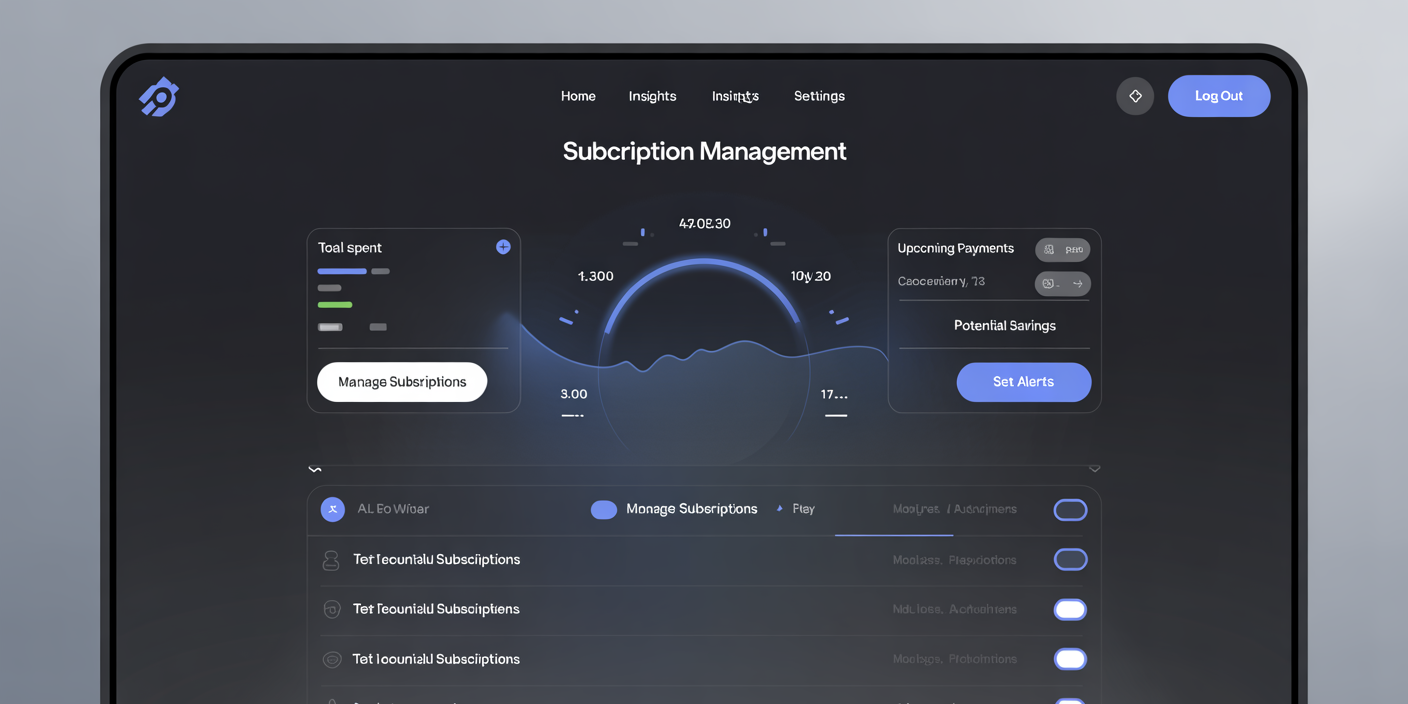
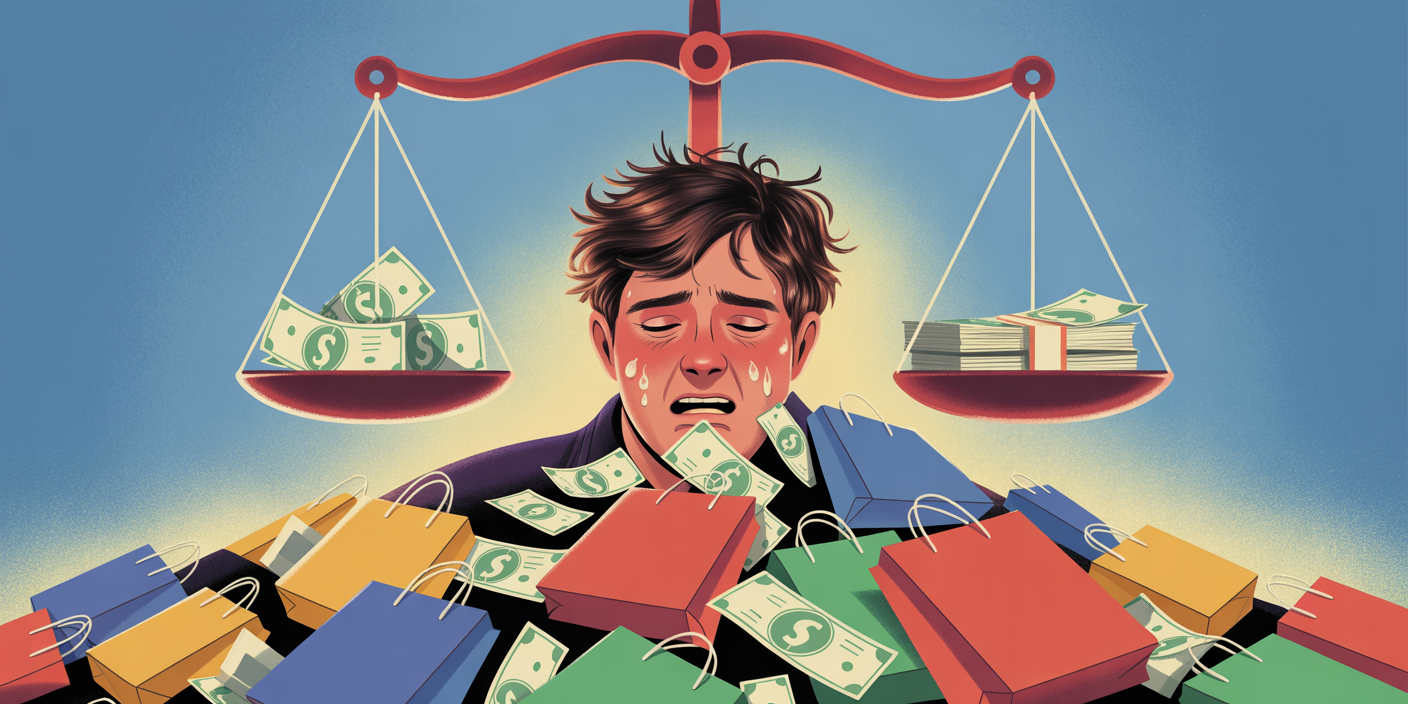

Post Comment